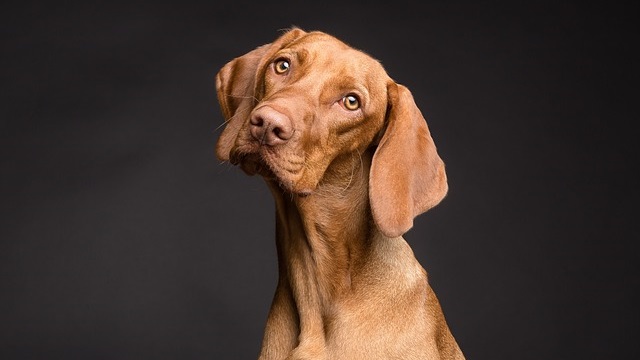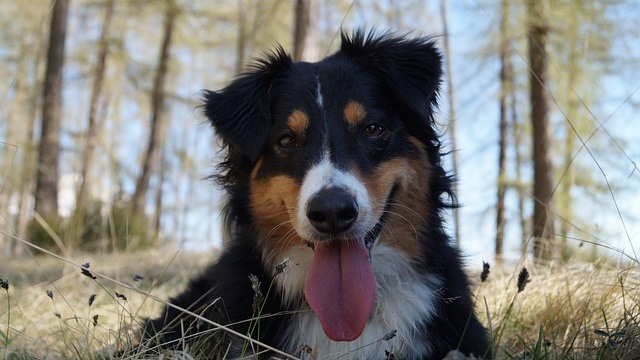Let those who have never thought about how adorable a chubby dog or cat looks (even if just for a second!) cast the first stone. Vets are frequently challenged with this misconception. Even though the public consciousness about pet obesity being a problem is increasing… There are still plenty of people who believe that a chunky animal is a cute, healthy and well-nursed pet.
The seriousness of the matter demands serious measures! Let us start by recognizing that overweight and obesity are diseases, and by celebrating the 13th of October – the National Pet Obesity Awareness Day in the USA.
Appaling numbers
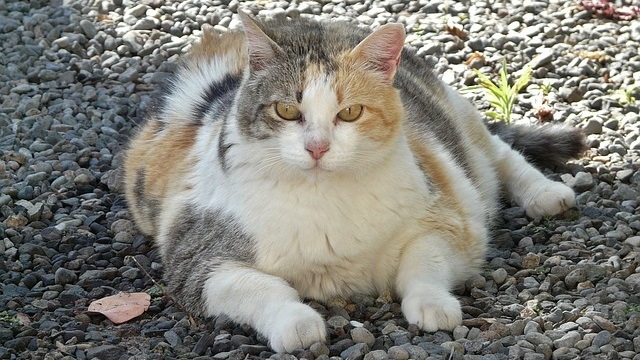
In developed countries, overweight and obesity are a concern in both humans and animals. In the United States, the majority of pets have too much weight – 59.5% of cats and 55.8% of dogs – and the numbers are rising worldwide. Older pets are at higher risk, and in North America, nearly 45% of dogs aged 5 to 11 years old are above their ideal weight.
Tackling the disease is obviously the way to go, and educating pet parents is a critical point. A UK survey concluded that 68% of owners think their pet’s shape is appropriate, and 67% are not even concerned about pet obesity. These are concerning numbers, especially when only 8% consider that their pet needs to lose some weight… And 12% think their pet needs to lose a small amount of weight.
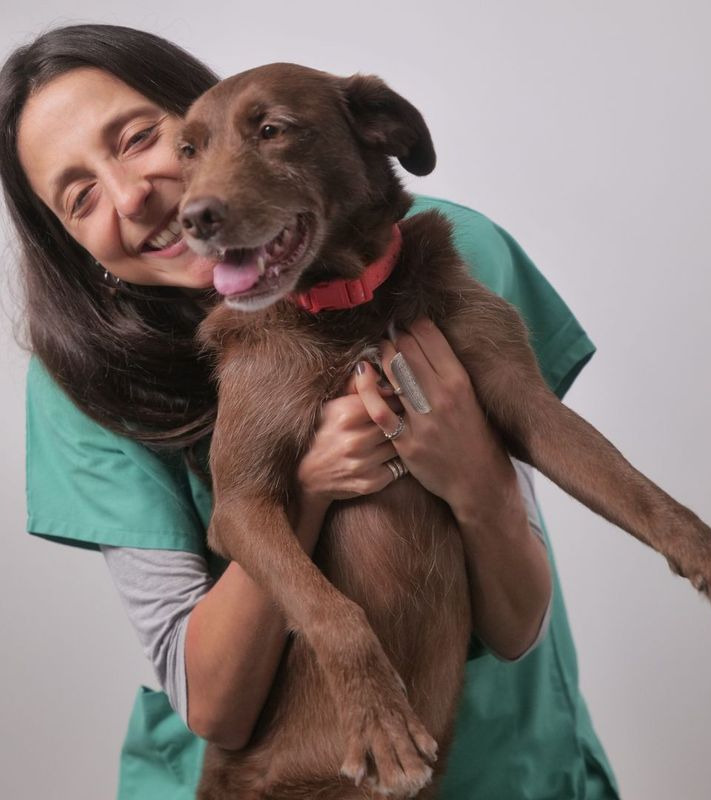
Is Maven right for your pet?
Take the quiz and see how Maven can support your pet’s wellness journey.
There’s still a long way to go, and the problem does not lie entirely on pet parents. Not all veterinarians have started the pet obesity battle yet, and do not usually address the subject during consultations. The survey also helped realize that 57% of the surveyed owners had not discussed the pet’s weight with their vet… Which is inconceivable, since it’s as important as discussing the pet’s parasite control plan.
Nothing good comes from extra fat
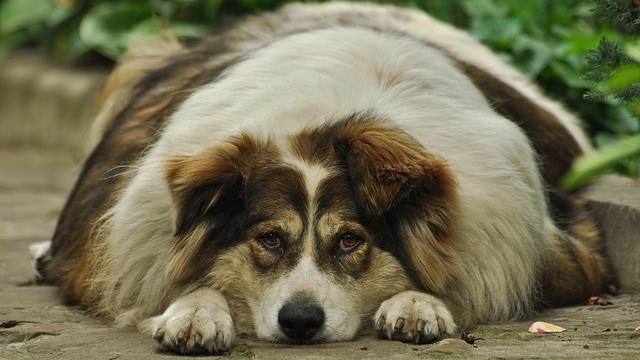
Obesity has significant adverse effects on our pets’ health and welfare, and on our emotional balance as pet lovers. It can also easily become a significant financial burden, as it will end up demanding costly medical care.
Excessive weight makes animals considerably more prone to chronic inflammation and functional impairments, leading to serious health issues. Those include diabetes, arthritis, heart disease, high blood pressure and cancer. Following this path, a poorer quality of life and shorter medium lifespan – on average, less 2 to 3 years – become self-evident.
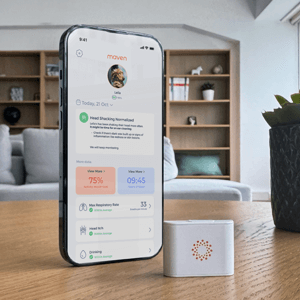
Maven Pet
Health Monitor
#1 Vet-recommended pet monitor! Tracks activity, rest, respiratory rate, water intake, scratching and other health indicators 24/7
Recognizing the disease
Whether genetics has a say on this or not, it’s undeniable that overweight commonly arises due to an imbalance between energy intake and burnt calories. In other words, food and exercise.
Overfeeding and treating take the stand mainly when we are talking about younger pets. Seniors struggle a bit more with the age-related lack of activity… But it all comes down to food, as it has a much heavier weight on the equation food-exercise.
Besides weighing your buddy on a regular basis and checking how their weight varies over time, it’s important to have basic notions of how to assess their body condition.
There are a wide range of highly detailed body score condition scales for dogs and cats that you can look into. However, here are some cues that you can easily follow:
- In a dog or cat with ideal weight, ribs should be easily counted and felt when you lightly run your fingers across the rib cage.
- Looking from above, an ideal body shape should exhibit an obvious waist line, similar to an hourglass indentation in front of the hips.
- From the side, a pet with a proper body condition should have their stomach tucked up.
My pet is overweight: now what?
1.1 – Suitable nutritional plan
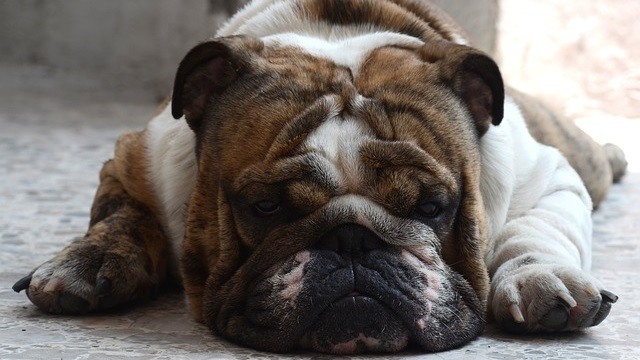
Veterinary nutritional counseling is the way to go! There are a few things that you can check in advance, so you can take action if needed.
- If on a commercial diet, check if the amount of food that is being given is the one suggested by the brand and not a gram more! A few more grams make a huge difference, especially in small breed dogs and cats.
- If on a homemade diet, whether it’s raw or cooked, having a nutritional plan is mandatory. Each pet has their own needs, and the amount of each ingredient may be way different. In these cases, having a professional veterinary nutritionist designing a plan is even more pertinent.
- Using a gram scale instead of a measuring cup will assure a much more accurate meal measurement.
- When talking about neutered, old or sedentary pets, the daily caloric intake recommended by the brands is usually slightly excessive. That’s why it’s important to ask your veterinarian about what’s the best feeding plan for your buddy.
1.2 – More nutritional tips
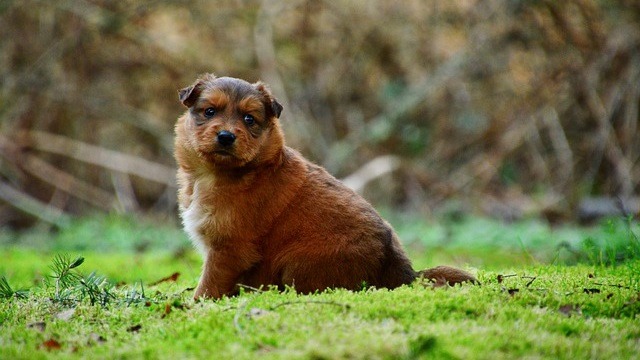
- Knowing the daily caloric intake for a non-neutered active adult pet is easy, if you know their recommended body weight. Ask your vet how to calculate it!
- The type, frequency and meal amount have to be taken into account. Reducing the volume of the pet’s food is not appropriate and may cause malnourishment.
- Treats should not account for more than 10% of the daily calorie intake. Once you know this maximum, you’ll realize that the majority of treats on the shelves are highly caloric. Choose lighter ones like carrots, broccoli, bits of fruit (grapes and raisins are out of question) or even fresh or frozen beans. Moderation is still important though!
- Regular weigh-ins, once per month at minimum. Those can guide you on the impact of the food adjustments and exercise plan on the pet’s body condition.
2 – Suitable exercise plan
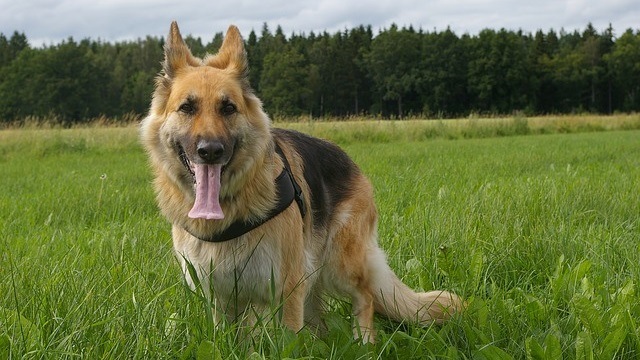
No weight can be lost without increasing the amount and intensity of exercise. Even though food is believed to play a more important role in the equation we’ve mentioned above… We have to make overweight pets move, so they can burn that extra fat and enhance the body’s general health.
- Adapting the kind, frequency and intensity of exercise will assure it’s suitable for the pet’s physical condition, age and medical status. Extremely heavy, deeply sedentary, ill or senior pets should never be put through a fitting plan without prior veterinary assessment.
- For slightly overweight dogs and cats, more regular walks and runs, more play sessions and making them work harder for their food, are all valid and safe approaches.
Conclusion
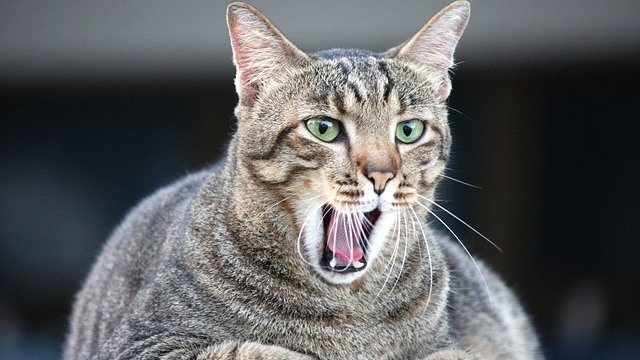
Losing weight is a total nightmare, and once it is pulled off, keeping it in the recommended range is a challenge. Ongoing vigilance is important, and radical changes in lifestyle are required to achieve long term success.
Keep in mind that one pound lost in a dog is the equivalent to five human pounds. In cats and small dog breeds, similar losses correspond to even more human pounds… Which is the same as saying that a pound lost is a huge victory!
Maven Pet focuses on improving the quality of life of our pets with technology, using artificial intelligence (AI) to enable proactive pet care. By accurately collecting and monitoring pet data 24/7 and flagging any irregularities, Maven Pet empowers pet parents and veterinarians to stay ahead of potential health issues, ensuring the well-being and longevity of our beloved companions.


